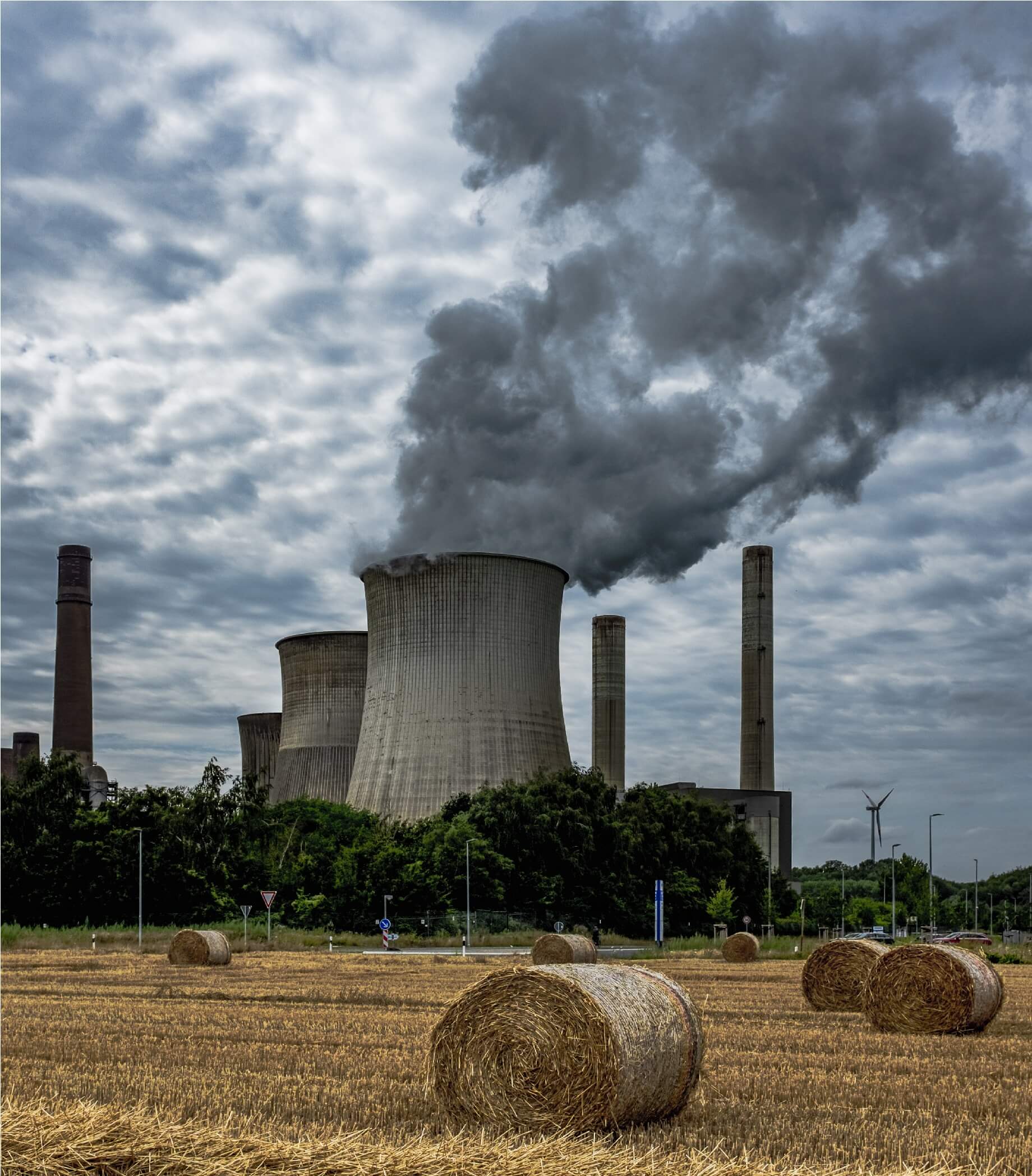For achieving the aim of becoming the first climate-neutral continent by 2050, the European Union (EU) has proposed the Carbon Border Adjustment Mechanism (CBAM) by 2026. The mechanism has added to various initiatives of the EU to combat climate change and achieve carbon neutrality. With the concept of the CBAM, the EU aims to further fortify its climate leadership role in the world. The CBAM would address the issue of carbon leakage by stimulating non-EU states to adopt green and environment-friendly production processes. It would initially apply to goods like iron and steel, aluminum and electricity that are high carbon emitting. The idea is expected to receive further momentum with the recent unprecedented and severe flooding in Belgium and Germany and other severe effects of climate changed faced by the continent.
The EU has defended this policy as an environmental tool that does not primarily attempts to gain geopolitical points. Josep Borrell, High Representative of the EU for Foreign Affairs and Security Policy, in his blog, had mentioned, “We must be aware of our limits in this area [climate change] as the European Union is responsible for only 7% of global greenhouse gas emissions.” Therefore, with the help of this path-breaking mechanism, the EU would urge its trading partners to march towards the global goal of carbon neutrality by incentivizing lower carbon emissions. The Union’s economy commissioner, Paolo Gentiloni, has reiterated that the CBAM was neither a tariff, nor a tax but just an environmental tool. But, several non-EU states including Russia, China and other developing countries fear that such a mechanism would increase their financial burden over and above the reeling effects of the Covid-19 crisis that their economies are already facing.
Russia, being a major exporter of hydrocarbons to the EU, has been at the forefront in voicing its criticism to such a move by the EU and has termed the mechanism as “latent protectionism”. Such a tax could even be used by the bloc as a bargaining tool against Moscow for gaining geopolitical concessions. Russia’s advances into Ukraine and its growing territorial aggression have already brought the issue of the larger European security at the forefront for the EU and NATO security agenda. Therefore, the CBAM could be utilized as a geopolitical tool by the EU. Moreover, the mechanism could result into trade wars and retaliatory tariffs as the EU’s move is negatively perceived by its trading partners like China, India, Russia and even the US, adding to the already existing global economic volatility.
The UNCTAD, in its recently published report, warned, “The CBAM could change trade patterns in favour of countries where production is relatively carbon efficient but do little to mitigate climate change”. Such a mechanism could contribute as low as 0.1% fall in carbon dioxide emissions. Thus, it becomes essential for the EU to adopt several other judicious measures to supplement its efforts to fight climate change. In this regard, technology transfer and financial assistance by the EU would facilitate adoption of cleaner sources of energy by the developing countries that mostly face resources and technological know-how crunches.

